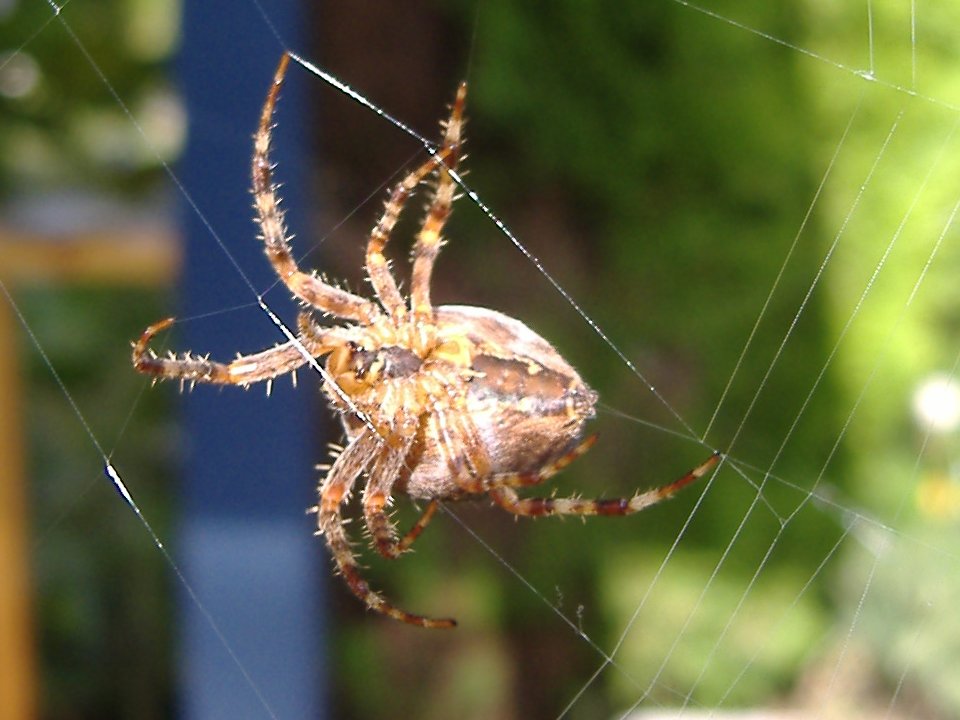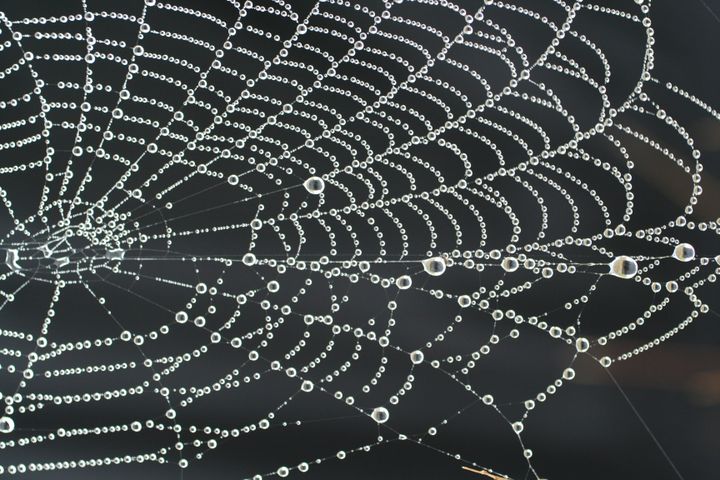
Spider silk is an awesome thing when you think about it carefully. A tiny creature uses it to spin a web or create a net that is often many, many times the spider's size. The intricate design of the web makes it nearly invisible, which is a good thing as the spider needs it to catch its prey. Then the spider hangs out on the web or somewhere nearby and waits for a small insect to get snagged.
If it weren't for the fact that spider silk is so time-consuming to produce, humans would likely use it in clothing more -- or for other applications. The largest spider silk cloth in the world today (at least, as of 2009) is only 11 by 4 feet. It required one million spiders, 70 people and four years to create, said Wired in an article about the project.
Here's a more modern twist -- marrying the natural strength of spider silk with the artificial strength of nanotechnology. A recent non-peer-reviewed paper popped up on Arxiv, led by Italy's University of Trento. Essentially, the process involves a bit of water sprayed on to spiders. It's not just ordinary water, though. In a scene that sounds like a Teenage Mutant Ninja Turtles prequel, the water includes carbon nanotubes and graphene flakes.

Spider silk is strong. How to make it stronger? Credit: Wikimedia Commons
"To the best of our knowledge, the incorporation of materials in the inner protein structure of spider silk has not been achieved to date," the researchers reported. "We observe a significant increment of the mechanical properties with respect to the pristine silk, in terms of fracture strength [and] ... toughness."
The researchers were a little vague as to application, but suggested that the process could be extended to other animals to improve material strength generally. "This new reinforcing procedure could also be applied to other animals and plants, leading to a new class of bionic materials for ultimate applications," they added.
So what did they do? According to Technology Review, the researchers gathered 15 Pholcidae spiders from natural areas in Italy and gathered the silk they produced. That collected silk was the control. Next, the spiders were sprayed with the water solution and the silk placed between cardboard holders. They found out that the fibres were extremely strong, even more so than substances such as Kepler49.

Spider silk can be used in garments, such as this cape that was exhibited at London's Victoria and Albert Museum in 2012. Credit: Wikimedia Commons
What's more, the team can't explain yet how the spiders did it; they're guessing it has to do with how the spiders ingested the water. And as Technology Review points out, there have been other efforts to improve spider silk. What makes this effort stands out is how strong it ended up being. This makes us curious to see how it could be improved.
It makes us think there must be other ways of improving the clothing we wear, whether it be infusing it with electronics, biomimicry or coming up with a more creative way to manufacture it. Have a bright idea? Tell us about it in a HeroX challenge that you create.
Top image: A spider's web adorned with dew. Credit: Wikimedia Commons








